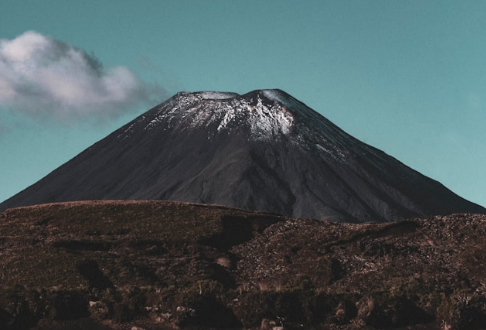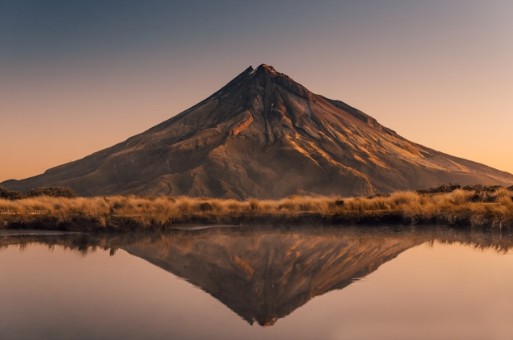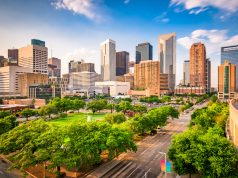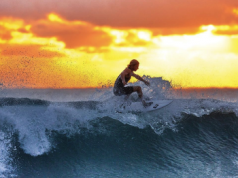Dr. Gabriel Hernandez Roman is a dedicated physician who not only excels in his medical profession but also finds solace and adventure in hiking volcano trails during his spare time. With a passion for exploring nature’s wonders and a commitment to promoting health and wellness, Gabriel Hernandez Roman brings a unique perspective to this exclusive activity. In the following article, Dr. Gabriel Hernandez Roman shares valuable tips and advice on how to navigate and conquer volcano trails safely and responsibly.
Taking on an adventure like this is an exhilarating experience that offers a unique opportunity to explore nature’s raw power and beauty up close. From the majestic peaks of dormant volcanoes to the rugged terrain of active craters, volcano hiking presents challenges and rewards unlike any other outdoor activity.
Gabriel Hernandez Roman Suggests Doing Research and Properly Preparing
Before setting out on this type of adventure, it’s crucial to conduct thorough research and properly prepare. Start by researching the volcano you plan to hike, including its elevation, terrain, and current activity status. Dr. Gabriel Hernandez Roman also suggests checking weather forecasts and trail conditions to ensure safe hiking conditions. Additionally, familiarize yourself with any permits or regulations required for hiking in the area.
Essential Gear
Having the right gear is essential for a successful trip. Start with sturdy hiking boots with ankle support to navigate uneven terrain and rocky slopes. Dress in layers to accommodate changing weather conditions, including moisture-wicking base layers, insulating mid-layers, and waterproof outer layers. Don’t forget to pack a wide-brimmed hat, sunglasses, sunscreen, and a lightweight backpack to carry essentials such as water, snacks, a first-aid kit, cell phone and a map or GPS device.
Safety Precautions
Dr. Gabriel Hernandez Roman explains that safety should always be a top priority when hiking near volcanoes. Be aware of potential hazards such as unstable terrain, rockfalls, and volcanic gases. Stay on designated trails and avoid venturing into restricted areas. Pay attention to warning signs and heed the advice of park rangers or local guides when available. If adventuring out in a group, establish a buddy system and communicate your plans with someone reliable before setting out. In case of emergency, carry a whistle, flashlight, and fully charged cell phone for communication.
Respect the Environment
Volcanoes, beyond their majestic beauty, are fragile ecosystems that demand careful stewardship and respect from visitors. As we explore these natural wonders, it’s imperative to minimize our impact on their delicate balance. Gabriel Hernandez Roman notes that one crucial aspect is to avoid disturbing wildlife, vegetation, and geological features along the trails. By staying on marked paths, hikers can reduce their footprint on sensitive habitats and mitigate erosion, ensuring the preservation of these precious environments for future generations.
Moreover, Dr. Gabriel Hernandez Roman emphasizes the importance of adhering to the principle of “leave no trace.” This entails packing up all trash and disposing of it properly, maintaining the pristine condition of the landscape. Additionally, it’s vital to show reverence for any cultural or sacred sites associated with the volcano, honoring local customs and traditions. By respecting these legacies, hikers contribute to the preservation of the volcano’s cultural heritage while fostering mutual respect and understanding among diverse communities.

Know Your Limits
Volcano hiking can be physically demanding, especially at high elevations and in extreme weather conditions. Gabriel Hernandez Roman says it’s important to know your limits and listen to your body. Take frequent breaks to rest and hydrate, especially in hot or high-altitude environments. Pace yourself and avoid pushing beyond your capabilities. Be prepared to turn back if conditions deteriorate or if you experience fatigue, dizziness, or other signs of altitude sickness.
Conclusion
Conquering the peak of a volcano is not only a thrilling adventure but also a deeply enriching experience that allows hikers to witness firsthand the awe-inspiring power and beauty of nature. Aspiring volcano hikers can embark on their journeys fully equipped with the knowledge and tools necessary for a safe and enjoyable expedition.
Gabriel Hernandez Roman reports that by following the tips, gear recommendations, and safety precautions outlined in this guide, hikers can approach their adventure with confidence and peace of mind. Whether ascending the summit of a dormant volcano or traversing the rugged terrain of an active crater, preparation and caution are paramount.
Above all, it’s essential to approach this activity with a deep respect for the environment. By treading lightly, minimizing impact, and adhering to Leave No Trace principles, hikers can contribute to the preservation of these natural wonders for future generations to enjoy.
So, as you lace up your hiking boots, pack your backpack, and set out to conquer the peak on your next volcano hiking adventure, remember to embrace the journey with reverence, preparedness, and a spirit of adventure. With careful planning and a deep appreciation for nature’s magnificence, the summit awaits, ready to reward you with breathtaking vistas and unforgettable memories.






